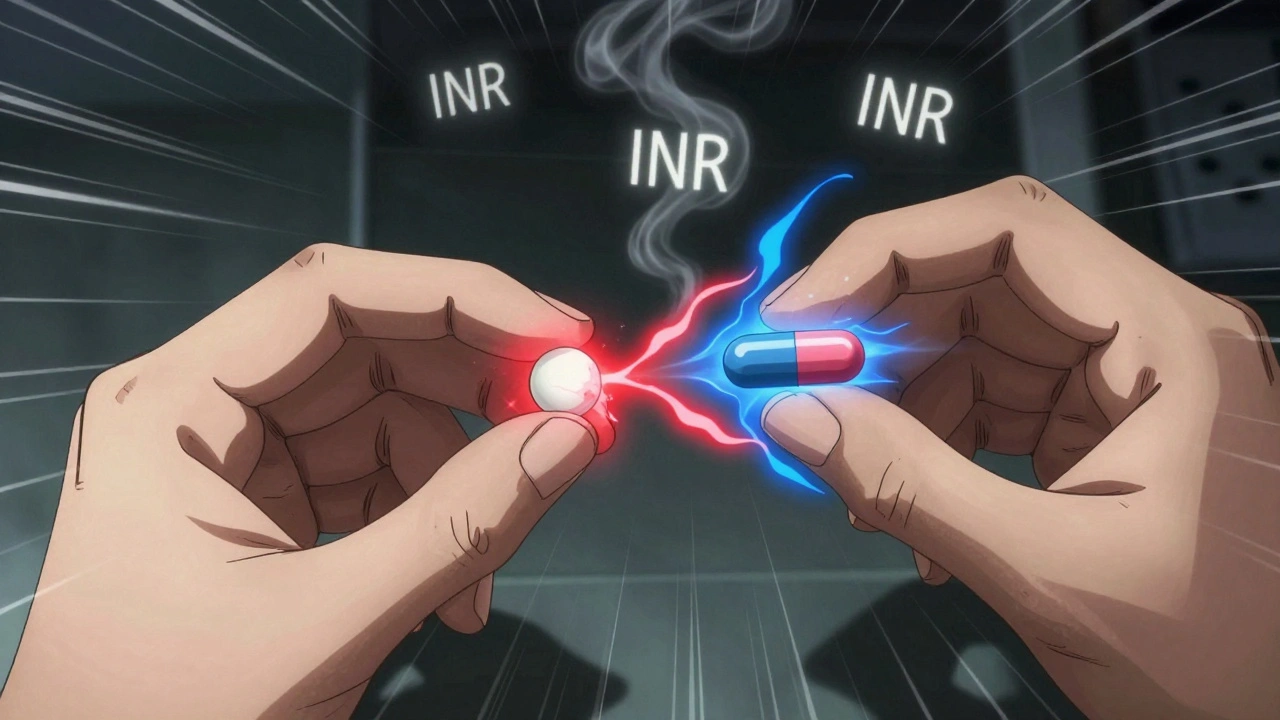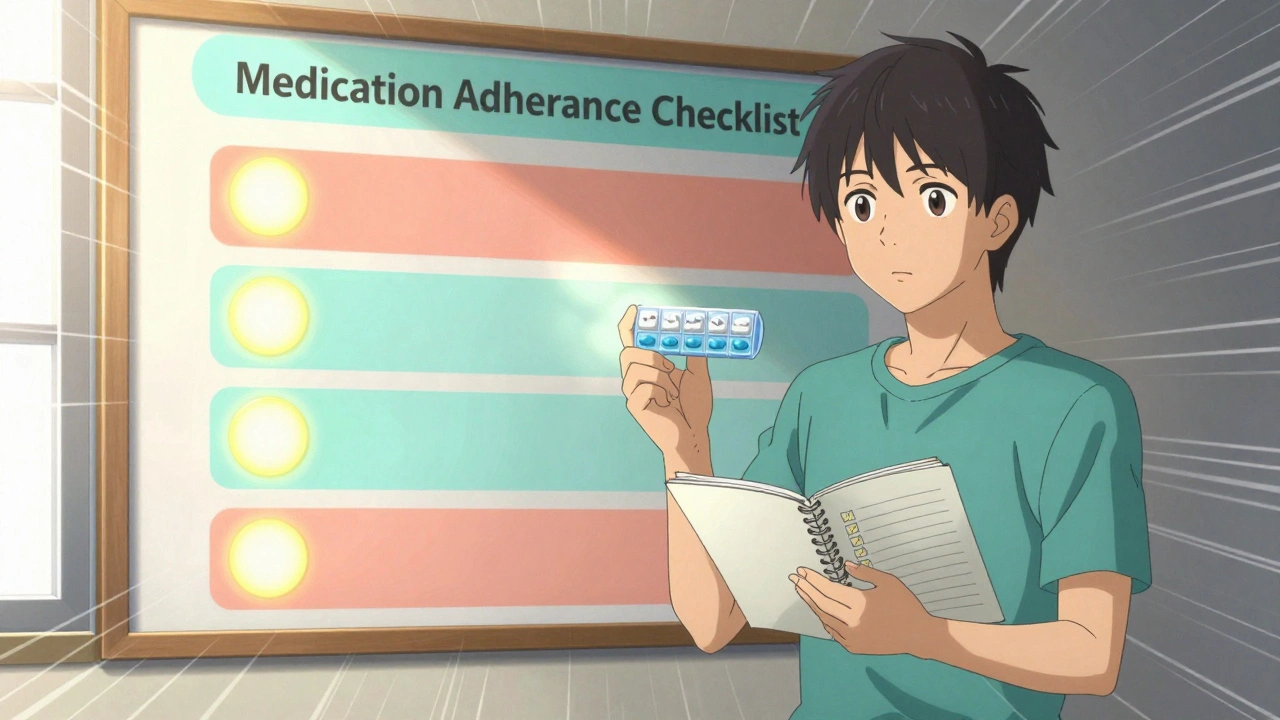Androgenic Alopecia: What Works, What to Watch, and Where to Buy
Want to stop seeing more hair in the shower? Androgenic alopecia—male or female pattern hair loss—is the most common reason. It’s driven by genetics and hormones (especially DHT). That matters because treatments that lower DHT or boost local blood flow to hair follicles give the best results.
Effective medical options
Finasteride is the go-to for many men. It lowers DHT and often slows hair loss within months; some users see regrowth after 6–12 months. Side effects can include sexual changes and mood shifts for a small number of people, so check with your doctor before starting and monitor symptoms.
Minoxidil is available for men and women as a topical solution or foam. It helps keep follicles active and can thicken hair over time. Use it consistently—stopping usually returns you to baseline within months.
Women who can’t use finasteride sometimes try spironolactone. It blocks androgen effects and can help, but it raises potassium in some people and can interact with other meds. Blood tests are standard when starting spironolactone—don’t skip them.
Other options include dutasteride (stronger than finasteride, used off-label in some places), low-level laser therapy devices, PRP injections, and hair transplants when loss is advanced. Each has pros and cons—talk through them with a dermatologist who treats hair loss regularly.
Practical tips: everyday moves that help
Start with simple, low-risk changes: avoid tight hairstyles and heavy chemical treatments, choose gentle shampoos, and cut back on heat styling. Eat a balanced diet with enough protein, iron, vitamin D and zinc—deficiencies can make shedding worse. Manage stress with sleep, movement, and simple routines; cortisol and poor sleep can speed hair thinning.
If you use topical treatments, apply them to a clean, dry scalp and give them time to work. Track progress with photos every 3 months—small gains can be easy to miss day to day.
Thinking about buying meds online? Be careful. Look for pharmacies with clear contact info, verified reviews, and prescription requirements. Avoid sellers offering prescription-only drugs without a valid script. Check shipping policies and country rules—some meds are regulated differently depending on where you live.
Want targeted reading? We cover where to buy Finast safely, spironolactone social tips, and trusted online pharmacy reviews on this site. If you’re unsure which route to take, book a consult with a dermatologist—getting the right diagnosis changes the plan and the outcome.
Hair loss is frustrating, but there are real, practical steps that work. Start with a diagnosis, pick one evidence-based treatment, monitor results, and protect your scalp and overall health while you treat.
Why Athletes Face Early Androgenic Alopecia: Testosterone, Sweat & Helmet Friction Explained
Athletes are often seen as the healthiest people around, but they also experience androgenic alopecia earlier than average. This article digs into why sportspeople lose hair faster, connecting testosterone metabolism, sweaty scalps, and helmet friction. You'll learn about the science, see real-world examples, and pick up tips to help keep your hair. The article also includes helpful stats, facts, and practical advice for reducing risk.






